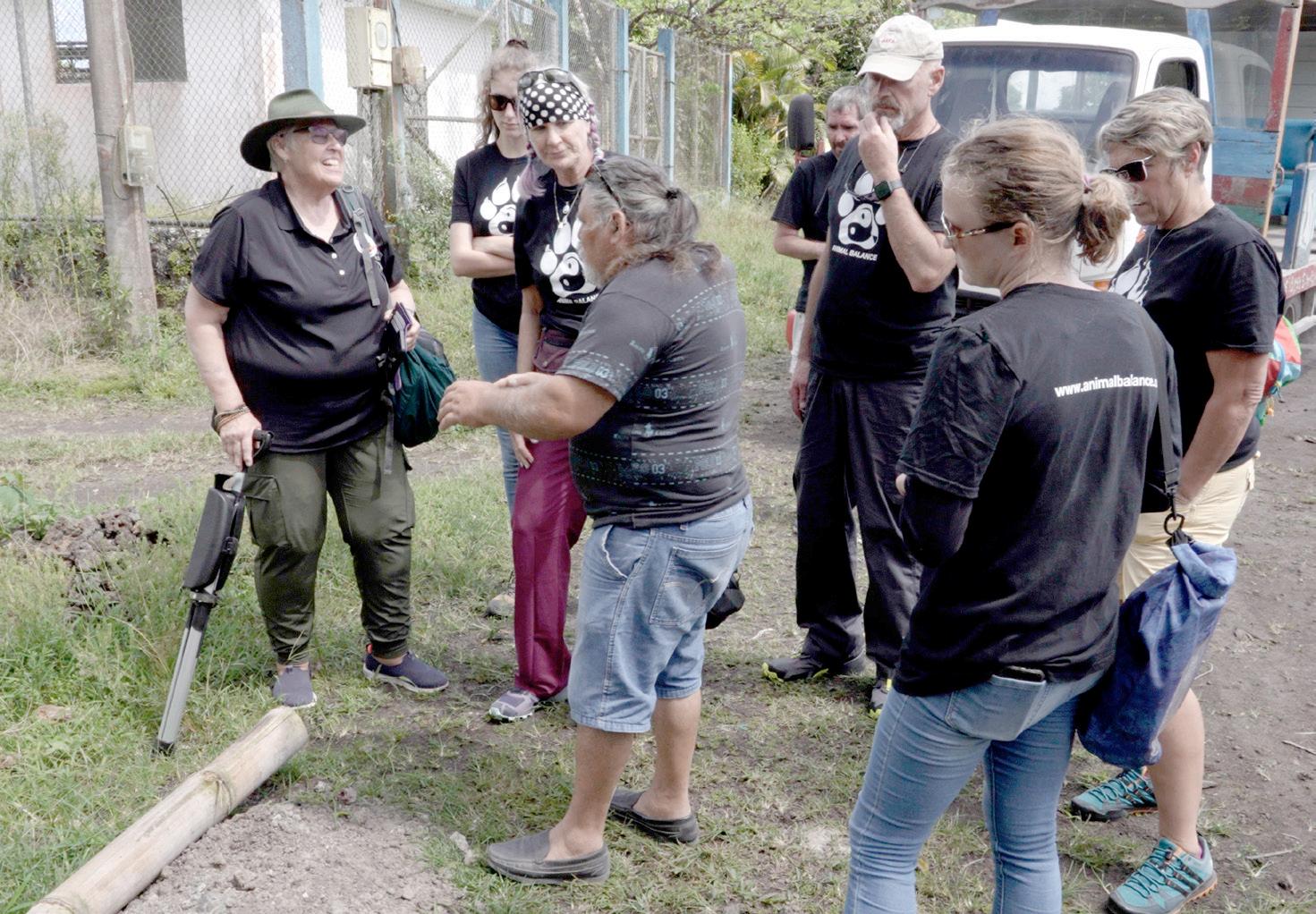
2 minute read
Arizona Scientists Working to Control Galapagos Rat Population without Poison
Rodents threatening survival of species and farms
By Cindy May, QCBN
The chain of 19 islands that make up the Galapagos archipelago have been called “a priceless living laboratory.” The vast biodiversity of these islands that lie 600 miles off the coast of Ecuador is said to have inspired the theory of evolution.
Now, a Northern Arizona organization is working to help protect the islands from an invasive rat population that is threatening not only many of the endemic species of the Galapagos, but also the farms that are vital to the islands’ 40,000 human inhabitants.
Women in Science Doing Outreach and Mentoring (WISDOM) LLC, co-founded by Flagstaff scientists Dr. Loretta Mayer and Dr. Cheryl Dyer, is providing fertility-control technology to The Galapagos Project (galapagosproject.org), a two-year initiative aimed at restoring ecological balance humanely and without the use of poisons. Among the Galapagos sponsors is the Arizona-based Ramsey Social Justice Foundation, which provides grants and financial assistance to underrepresented communities.
The project is a collaboration between WISDOM; Animal Balance, an international animal welfare NGO; and the Agencia de Bioseguridad Galápagos (ABG), which oversees the archipelago.
“Animal Balance has been working in the region for years, providing consistent spay and neuter clinics, dog training classes and workshops on caring for animals,” said Mayer. “What WISDOM is bringing is a protocol for disbursing oral contraceptives to rodents, to reduce the population without poison.”
Mayer and Emma Clifford, who founded Animal Balance in 2004, have admired each other’s work for years. They first met in 2003 at the first conference of Alliance for Contraception in Cats & Dogs, where Mayer was presenting early findings on the potential for a non-surgical spay approach for dogs and Clifford was preparing to go to the Galapagos to spay and neuter dogs and cats.
As Clifford recalled: “I wanted to use non-surgical means to kindly manage the rats, cats and dogs of the Galapagos, but I was 19 years too early.”
Mayer and a team of WISDOM scientists and researchers recently returned from Isabela Island in the Galapagos, where they confirmed that the rodents - rattus rattus (known as the black rat) and mus musculus (the house mouse), would eat the pellets containing the fertility-control technology from feeding stations placed around farms on the islands.
Most of the feeding stations were made of biodegradable paperboard, selected to not add to the waste-stream of the islands. Two, however, were wood feeding stations constructed by Sinagua Middle School students, who built them in shop class. The Sinagua boxes were tested in the field as a culmination of WISDOM’s partnership with Sinagua Woodshop teacher Amy Dries and the Flagstaff Festival of Science.
“The most important thing is that we accomplished our mission to establish a research beachhead with Animal Balance to collect the data to allow us to lay out the two-year plan in a research protocol,” said Mayer.
The trip also allowed the scientists and researchers to meet and learn from government
Continued on page 35








